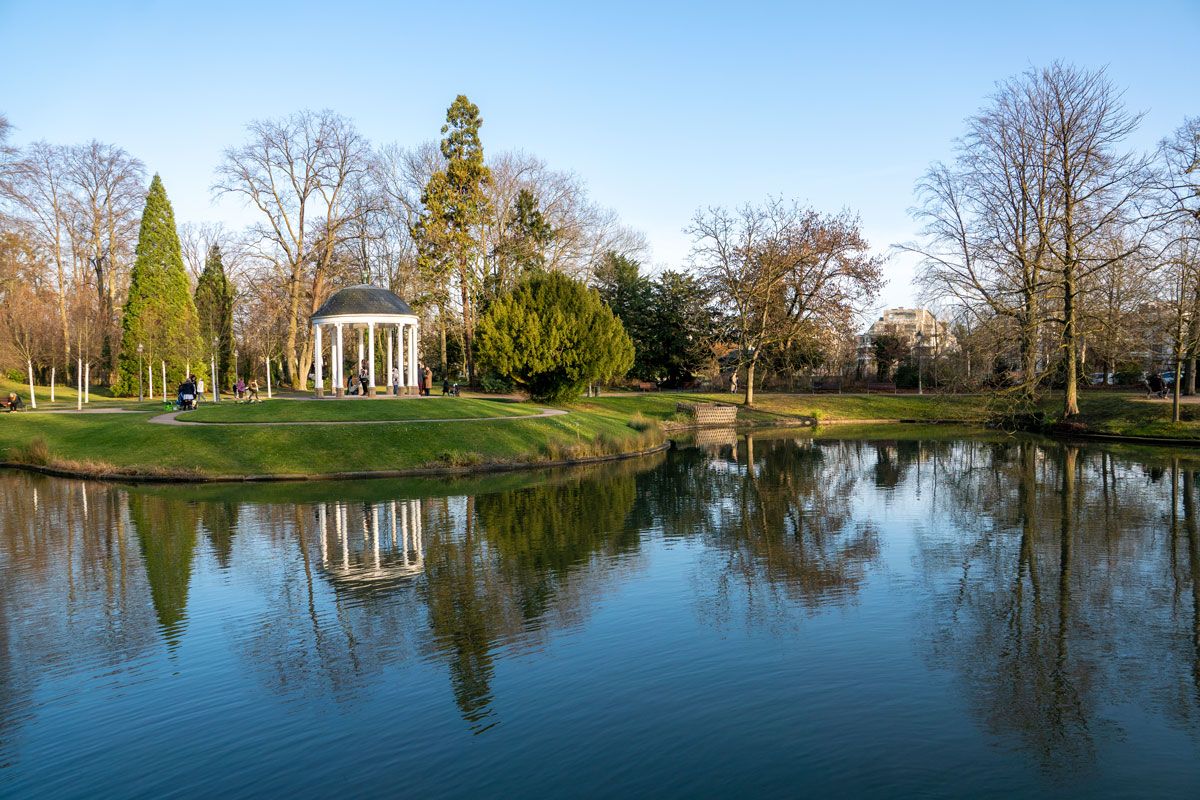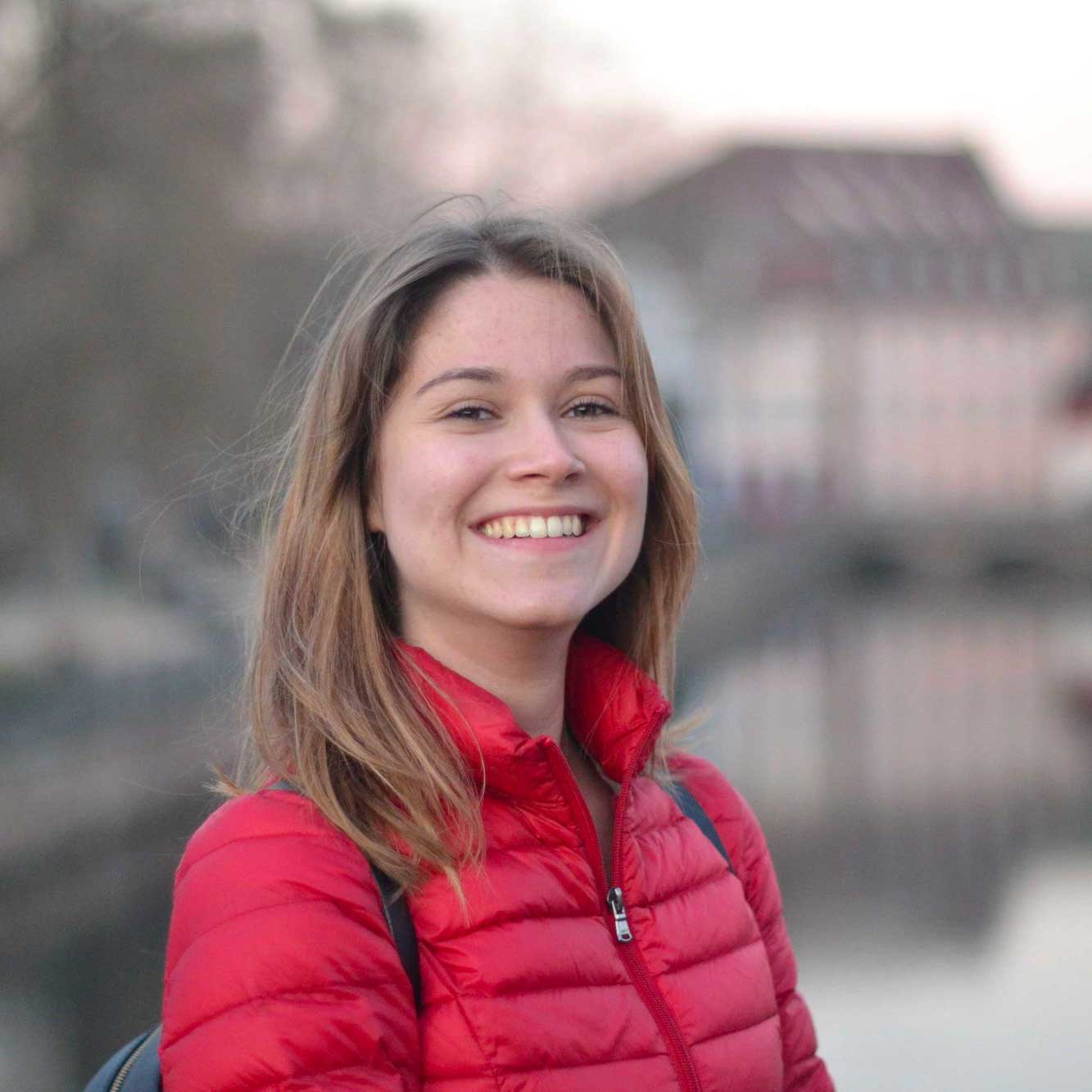While the Grande-Île and Notre-Dame Cathedral are a must-see, the city doesn't stop there. From student neighborhoods to quiet residential areas, garden cities and urban forests, Strasbourg is a veritable kaleidoscope of culture and history.
Welcome to my guide of Strasbourg neighbourhoods! I'll give you pieces of advices to the things to see and do in each district... and to choose the right accommodation for your stay in the city!
Which areas to visit in Strasbourg?
City center / Grande-Île
In the heart of Strasbourg lies the Grande-Île, a river island that is not only the historic birthplace of the city, but also a UNESCO World Heritage Site. This district boasts many architectural treasures, including the famous Notre-Dame Cathedral.
It's also home to numerous museums, including the Musée historique and the Palais Rohan museums (Musée archéologique, Musée des Beaux-Arts and Musées des Arts Décoratifs). With its cobbled streets, half-timbered houses and lively atmosphere, this is the city's center for shopping, culture and gastronomy.
The 3 must-see sites in the district :
- Notre-Dame Cathedral: a masterpiece of Gothic art.
- La Petite France: picturesque and full of charm.
- Place Kléber: the heart of the city and a gathering place for the people of Strasbourg.
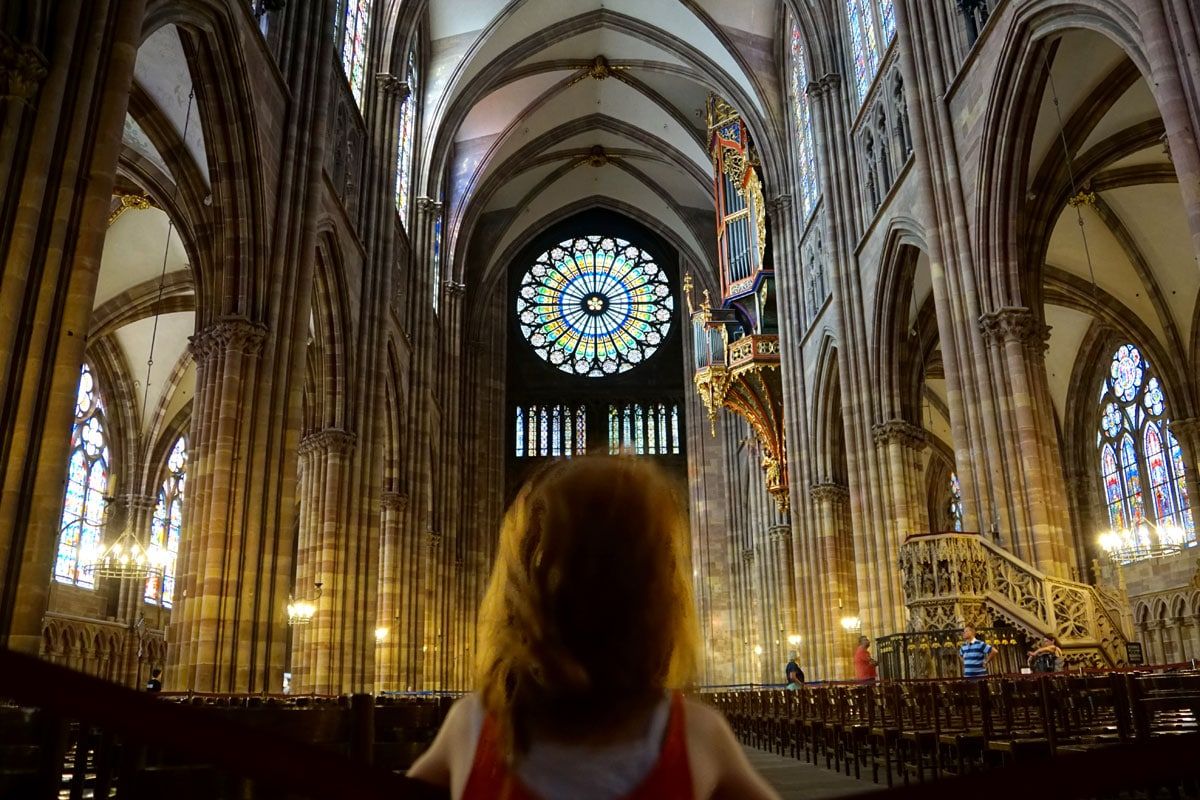
The Krutenau
Formerly a fishermen's district, the Krutenau (or Krut') has now become a trendy, lively neighborhood, particularly popular with students. The area is known for its bars, cafés and lively nightlife.
But the Krutenau also boasts a rich architectural heritage, with half-timbered houses and the remains of ancient medieval fortifications.
The 3 must-see places in the district:
- The fishermen's and boatmen's quays: a pleasant place to stroll along the water's edge.
- Saint Guillaume church: a pretty little white boatmen's church with a leaning bell tower.
- Haute École des arts du Rhin (HEAR): one of France's leading art schools, housed in a magnificent Art Nouveau building.
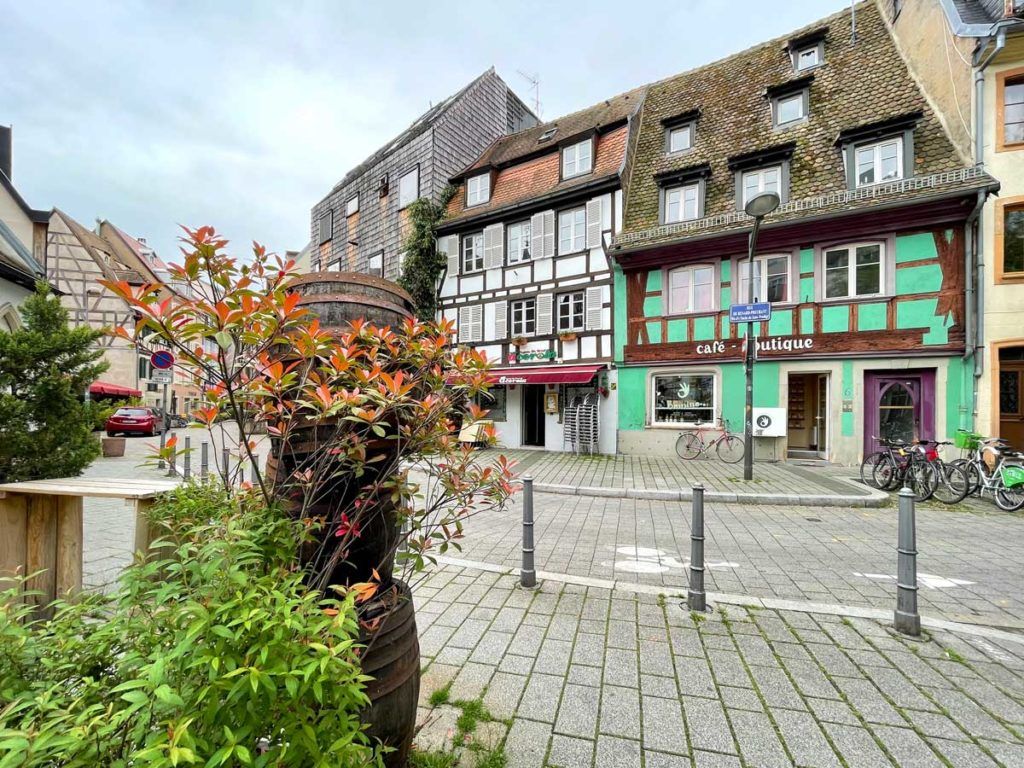
The Esplanade
A former military defense site, the Esplanade - or Espla - has been transformed into a student district thanks to the presence of the University of Strasbourg. It's a blend of modernity and tradition, where university buildings stand side by side with the quiet residential areas of the German Quarter, or housing complexes from the 1970s (some with indoor swimming pools!). The district is also well served by public transport, making it accessible and functional.
The 3 must-see places in the district :
- The botanical garden: a haven of peace in the heart of the city, with 6,000 plants, a glass greenhouse listed as a historic monument and a tropical greenhouse.
- The university campus: home to the majestic Palais Universitaire, the Observatory and Planetarium, the Strasbourg School of Management (EM Strasbourg), the INSA engineering school, the renowned Faculty of Law and the Institute of Molecular and Cellular Biology.
- Parc de la Citadelle: Strasbourg's former stronghold, designed by Vauban in 1681, is now a park.
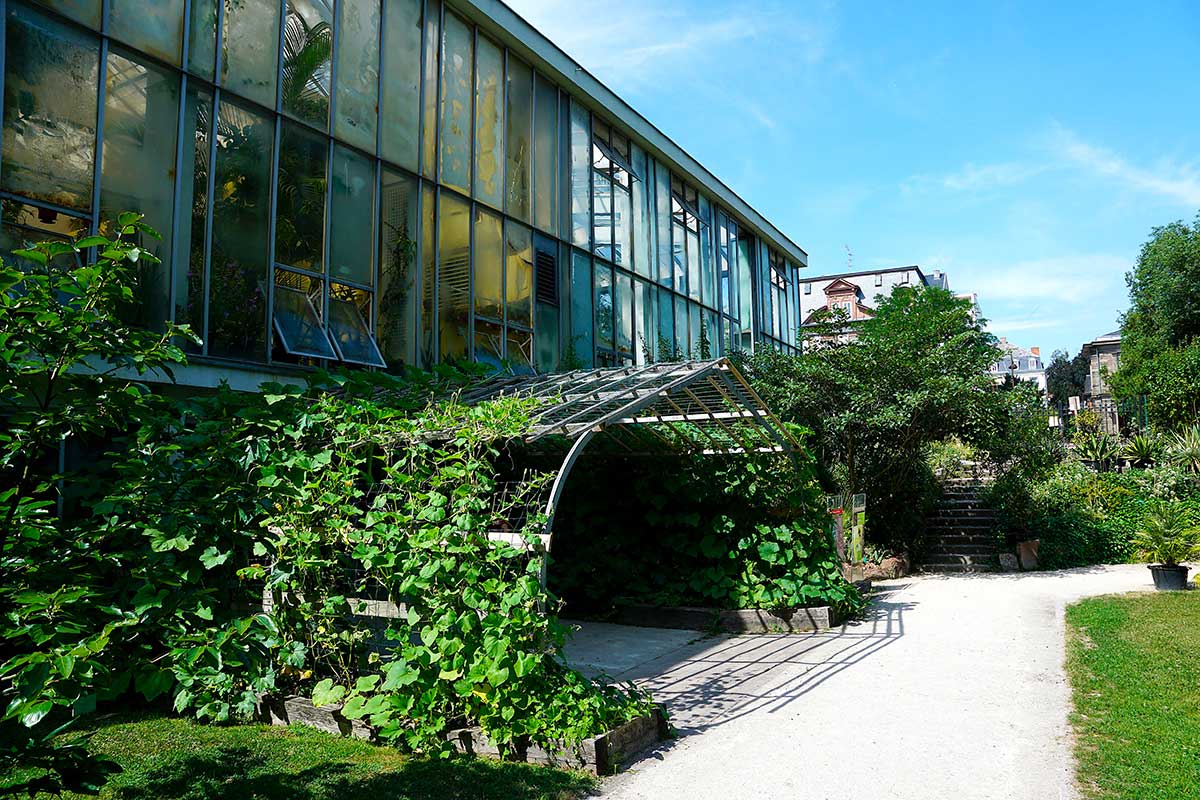
Train station district - Tribunal
This district is often the first image visitors have of Strasbourg when they arrive via the train TGV station. It's a district undergoing profound transformation, with a mix of offices, shops and residential areas. It is also home to several judicial institutions, hence its name.
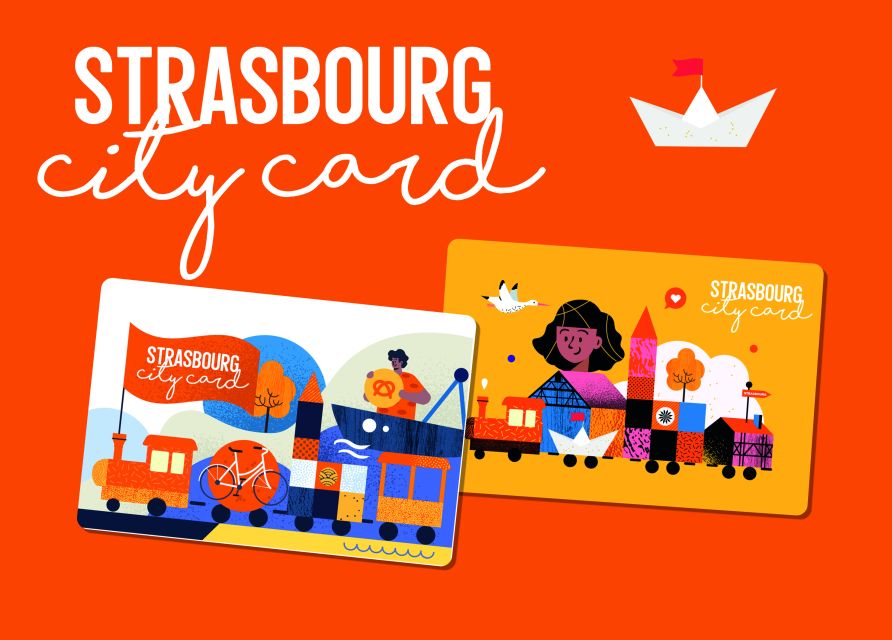
Strasbourg City Card - 7-Day City Pass
Explore Strasbourg with a 7-day city pass that offers discounted rates for attractions and activities. Climb up the Strasbourg Cathedral, take a guided walking tour, or visit the Château Vodou Museum.
The 3 must-see places in the Train Station district:
- Gare de Strasbourg: a magnificent example of modern architecture, with a large glass roof juxtaposed with classical elements.
- Place de la République: the emblematic square of Neustadt, with its magnolias in bloom in spring, its golden ginkgos biloba in autumn and its majestic buildings (Palais du Rhin, BNU, Théâtre...).
- Museum of Modern and Contemporary Arts: a museum dedicated to emblematic great artists' works of the period from 1870 to today (such as Pablo Picasso, Claude Monet, ...)
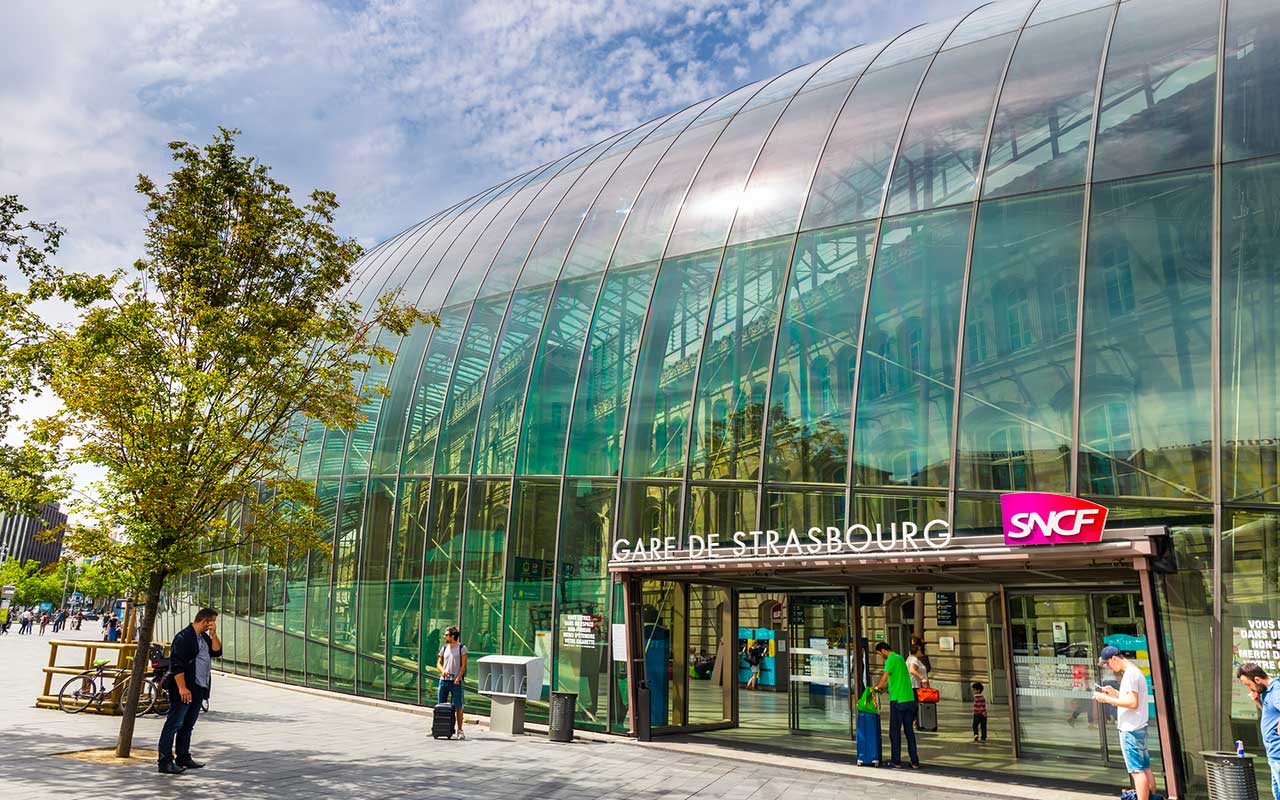
L'Orangerie - Conseil des XV
Located northeast of the city center, this district is one of Strasbourg's most popular. It is characterized by its magnificent bourgeois houses and its large park, l'Orangerie. It's a peaceful place, offering a pleasant living environment just a stone's throw from the European institutions. Numerous diplomatic representations are housed in magnificent townhouses.
The 3 must-see places in the district :
- Parc de l'Orangerie: probably the city's most beautiful park and a favorite of Strasbourg residents, a haven of peace ideal for relaxing, jogging and seeing storks.
- The Council of Europe: the first European institution to be based in Strasbourg.
- The town houses: admire the typical architecture of these magnificent mansions.
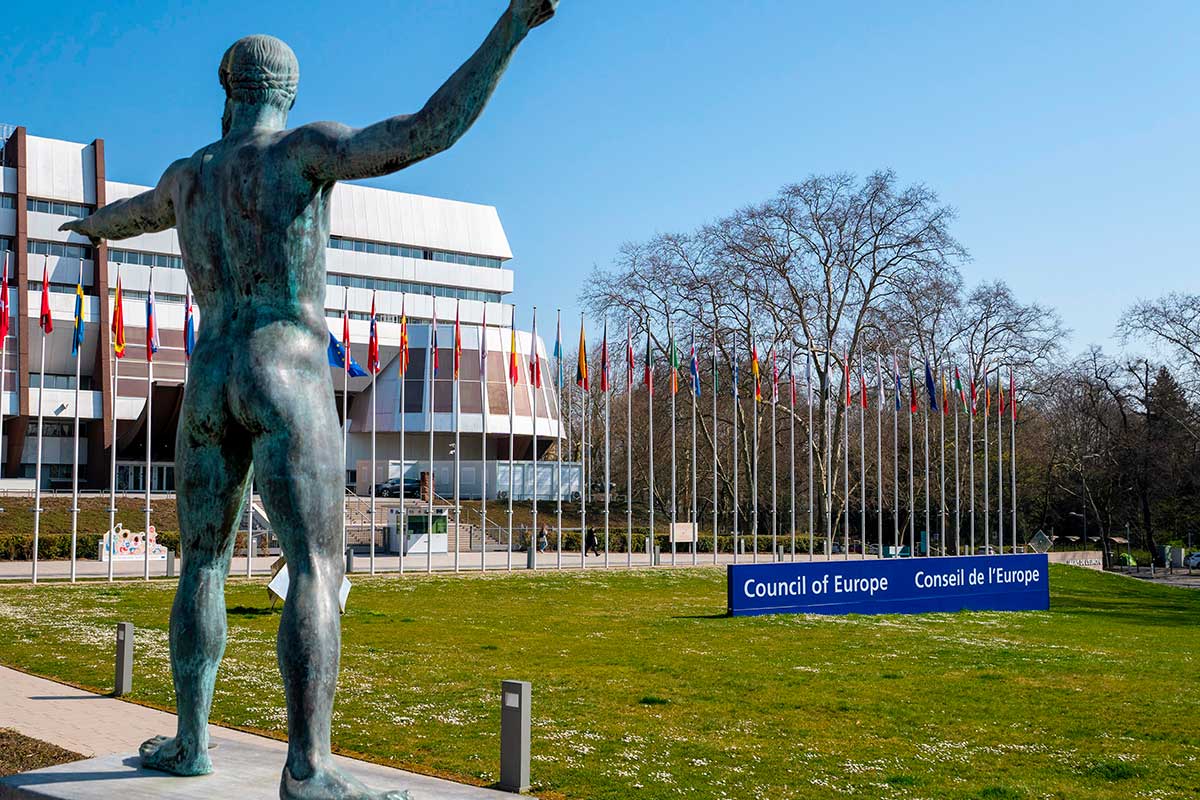
Wacken and the European Quarter
Wacken is best known for its Exhibition Center, which hosts a variety of events throughout the year. It is also home to the European Quarter, where the European Parliament and other important institutions are located. It's a modern district in full development.
The 3 must-see places in the district :
- The European Parliament: a must for understanding the history and workings of the EU.
- The Parc des Expositions: the venue for major events and trade fairs.
- Cité Ungemach: a garden city created in the early 1920s, now located at the foot of the Parliament.
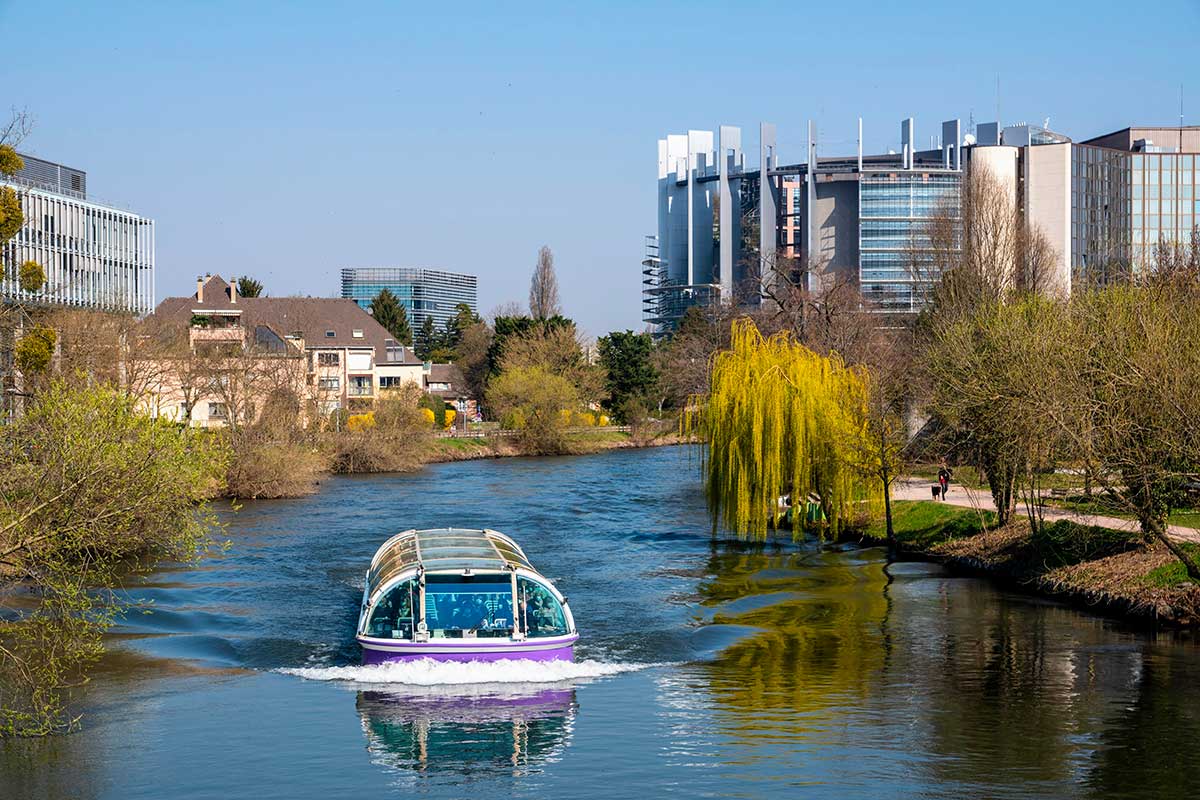
La Robertsau
La Robertsau - or la Rob' - is a residential district in the north of Strasbourg. It's best known for its "nature" side, with the Robertsau forest and Pourtalès park, making it an ideal place for those looking for a little peace and quiet.
The 3 must-see places in the district:
- Parc de Pourtalès and the Robertsau forest: a magnificent park with its castle, the former property of Mélanie de Pourtalès, which then opens onto the Robertsau forest, a haven of peace for walking, cycling or even horse-riding.
- Apollonia: an association promoting contemporary European art in the city, as well as in its gallery and garden.
- Le cimetière Nord: a magnificent cemetery with a huge central pond and lush vegetation.
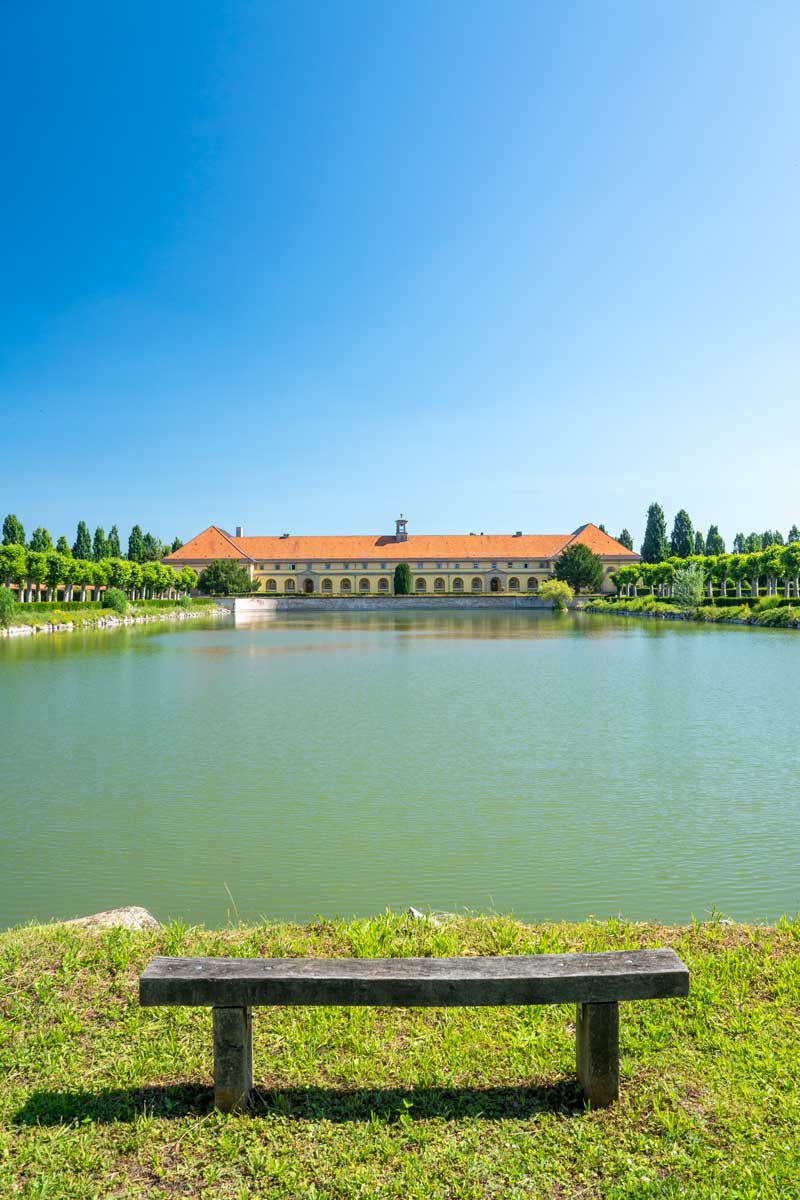
Neudorf - La Musau
With around 40,000 inhabitants, Neudorf is Strasbourg's most densely populated district. Despite its size, the district has managed to retain a "village" feel, which is particularly evident around the market square, where a local producers' market is held on Tuesdays and Saturdays.
Historically, Neudorf was an ancient village located in a wetland area. The district underwent massive development from 1871 onwards, with the construction of a large number of housing units to accommodate the German workforce.
The 3 must-see places in the district :
- Presqu'Île Malraux: the former docks of the Port of Strasbourg are now home to a major media library, a floating restaurant and even an ephemeral beach in summer.
- La place du marché: a must-see meeting place with excellent produce from local producers.
- The Taps Scala: a former cinema now transformed into a concert hall.
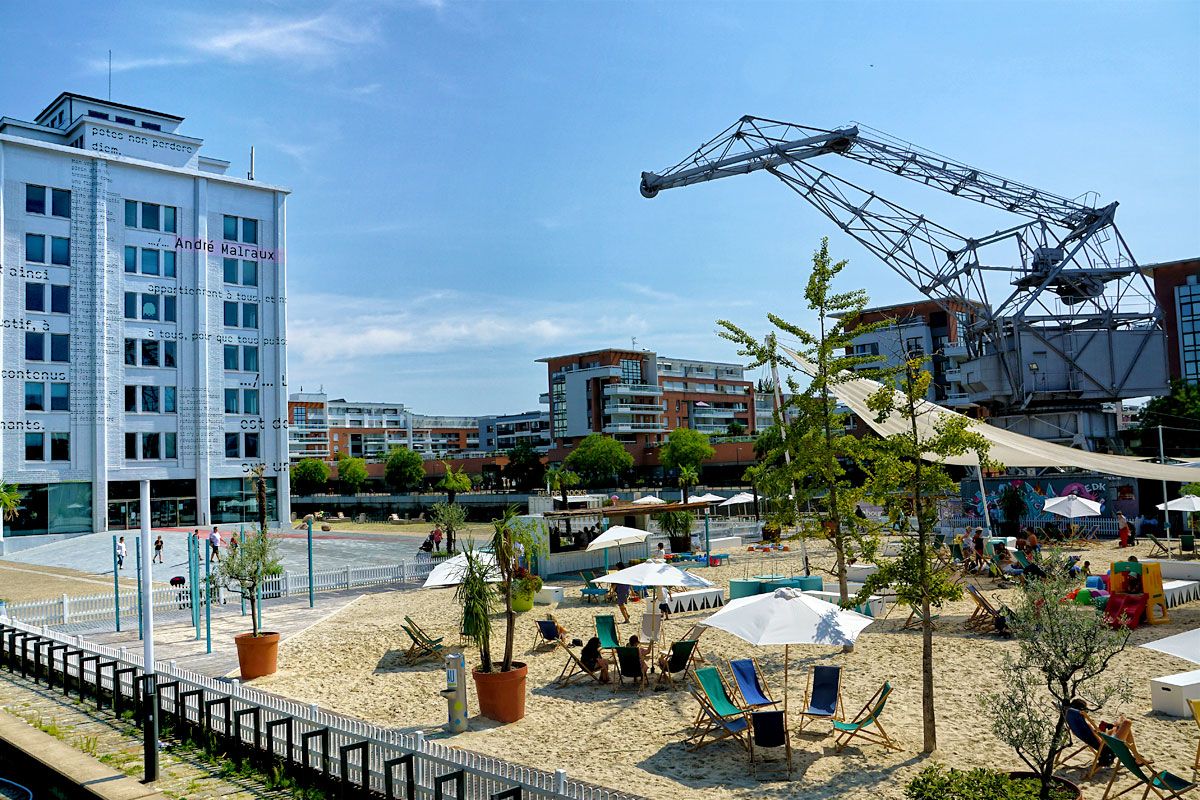
Strasbourg's other districts
There's much more to Strasbourg than its iconic neighborhoods. To the west, Hautepierre gets a bad press. When it was designed in the 1970s, this working-class district was intended to be resolutely modern, with a hexagonal "honeycomb" structure dividing the space into sub-neighborhoods called "meshes", each bearing a female name (Éléonore, Catherine, Jacqueline, Brigitte and Karine). Today, this is where you'll find the Zenith and the recently refurbished swimming pool.

Strasbourg City Card - 7-Day City Pass
Explore Strasbourg with a 7-day city pass that offers discounted rates for attractions and activities. Climb up the Strasbourg Cathedral, take a guided walking tour, or visit the Château Vodou Museum.
Nearby Cronenbourg and Koenigshoffen are two of the city's other residential districts. The first is famous for the former Kronenbourg brewery, where the famous beer was produced from 1850 to 2014. The history of the second district dates back to Roman times. We continue with Montagne Verte and Elsau, neighborhoods that offer green spaces and a certain calm, while being well served by public transport.
In the south-east of the city, La Meinau was once made up of meadows, as suggested by its name in Alsatian, "Meine Aue" (my meadow). It then evolved into an industrial district, home in particular to the Mathis car plant. Today, the Meinau is best known for its stadium, the Stade de la Meinau, home to the Racing Club de Strasbourg.
The Neuhof is a vast district known for its forest and housing estates, notably the Stockfeld garden city, conceived at the time as an urban ideal. Finally, Port du Rhin, a rapidly changing industrial district, marks the border with Germany.
These districts, often less frequented by tourists, offer a more complete and authentic view of Strasbourg, and are well worth a visit for anyone who really wants to understand the soul of the city.
Where to stay in Strasbourg?
I recommend different places for your accommodation in Strasbourg. It will also depend on what you plan to do during your stay in the Alsatian capital:
- Near Strasbourg's TGV station : it's a great place to stay if you plan on renting a car or traveling in Alsace while sleeping in Strasbourg! If you're traveling by plane, the train takes you right to Strasbourg's airport.
- In La Petite France district or in the city-center / Grande-Île: Hotels in these districts are more likely to be luxury and a bit more expansive. But they also offer other additional services, such as swimming pool, spa areas, beautiful views on Strasbourg city... Your choice!
- In Neudorf: there're plenty of AirBnbs. It's a great neighbourhood to enjoy a relaxing and quiet stay while being 15 / 20 minutes walk from the city center.

